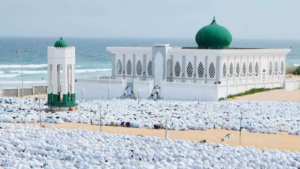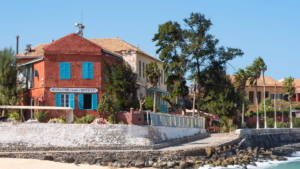Introduction
Nestled on the Cap-Vert peninsula in Senegal, the Lébou people are a beacon of cultural diversity and richness. This ethnic group, primarily known for their fishing prowess, has played a pivotal role in shaping the cultural landscape of Senegal. Their customs, beliefs, and traditions offer a unique window into the historical and social dynamics of the region.
The Lébou have a rich history that is intricately woven into the fabric of Senegal’s national identity. Known for their resilience and adaptability, they have managed to preserve their distinct cultural identity despite various external influences and changes over time. This article delves into the depths of the Lébou culture, exploring its various facets, from language and traditions to economic and social structures.
Understanding the Lébou culture is crucial for appreciating the diversity of Senegalese society. Their contributions to the arts, religion, and social norms reflect a community deeply connected to its roots while dynamically engaging with the present. This exploration aims not only to educate but also to celebrate the enduring legacy of the Lébou people in Senegal.
Historical Background
The Lébou are believed to have originated from the northern regions of West Africa, migrating to the coastal areas of Senegal. This journey, marked by resilience and adaptability, led them to establish themselves in the Cap-Vert peninsula. Here, they developed a unique cultural identity, distinct from other ethnic groups in the region.
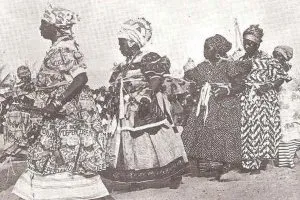
Their history is a tapestry of interactions with various peoples. The Lébou have interacted with the Wolof, the Serer, and other ethnic groups, influencing and being influenced by these cultures. This melting pot of cultural exchanges has significantly enriched the cultural landscape of Senegal, making the Lébou a pivotal part of the nation’s history.
Despite the waves of colonization and modernization, the Lébou have managed to preserve their cultural identity. They have navigated the challenges of preserving their traditions while adapting to the changing socio-political landscape of Senegal. This balance between tradition and change is a testament to their resilience and flexibility as a community.
Language and Oral Tradition
The Lébou language is a treasure trove of cultural heritage. It is a distinct dialect that embodies the community’s history and values. The language, though influenced by neighboring languages, has maintained its unique characteristics and continues to be spoken by the Lébou people, particularly in rural areas.
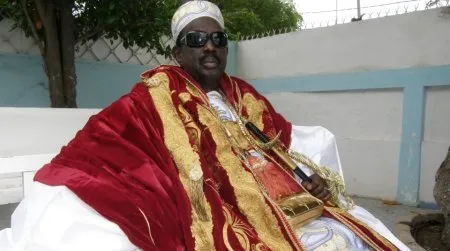
Oral tradition is the heartbeat of Lébou culture. Through storytelling, folklore, and proverbs, the Lébou have preserved and passed down their history and wisdom for generations. These stories are not just entertainment; they are the vessels of cultural values, historical knowledge, and ancestral pride. They connect the Lébou people to their past and guide them in the present.
The role of griots (traditional storytellers) is central in Lébou society. They are the custodians of oral history, responsible for narrating the tales of lineage, heroism, and moral lessons. Their narratives are a blend of history and mythology, often accompanied by music and dance, making them an integral part of communal gatherings and ceremonies.
Social Structure and Traditions
The social structure of the Lébou community is hierarchical yet communal. At the top is the community chief, a respected figure responsible for leading and maintaining harmony within the group. The chief’s role is not just administrative but also ceremonial, playing a crucial part in rituals and decision-making processes.
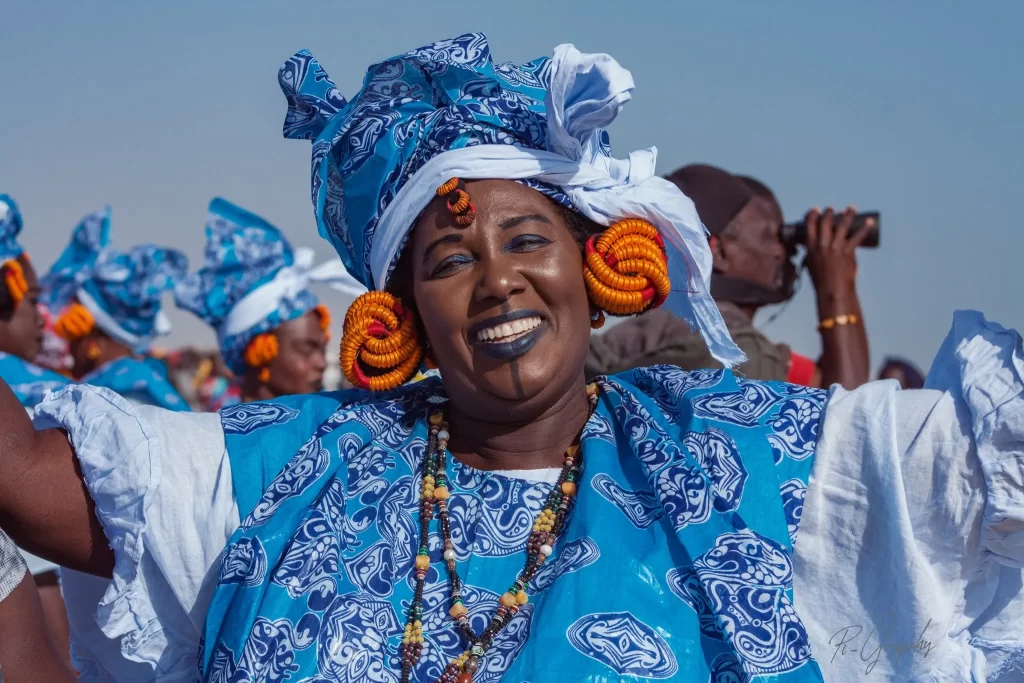
Family and community are the cornerstones of Lébou life. The emphasis on communal living is evident in their day-to-day activities, where cooperation and collective welfare take precedence. This sense of community extends beyond immediate family members to include the wider kinship network, reinforcing social bonds and mutual support.
Rituals in Lébou culture are colorful and meaningful, marking significant life events such as births, marriages, and deaths. These rituals are not just personal celebrations; they are communal events that reinforce social ties and cultural identity. Each ritual is steeped in tradition, involving specific customs, songs, and dances that have been preserved over generations.
Economic Activities
Fishing is not just an economic activity for the Lébou; it is a cultural hallmark. The sea is revered, and fishing is considered a noble profession. This deep connection with the sea is reflected in their fishing practices, boat-making skills, and the respect shown towards marine life. The knowledge and skills related to fishing are passed down through generations, forming an integral part of Lébou heritage.
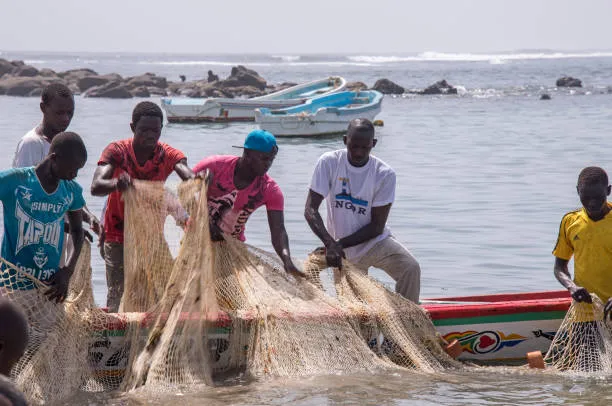
However, the Lébou are not just fishermen. With the urbanization of Dakar and other cities, many have diversified their economic activities. They have adapted to urban life, taking up various professions while still maintaining a strong
connection to their cultural roots. This adaptability highlights their ability to balance tradition and modernity.
The Lébou also contribute to the local economy through handicrafts. Their skill in making traditional crafts such as woven baskets, pottery, and textiles is well-known. These crafts are not just economic goods; they are expressions of cultural identity, with each piece telling a story of the Lébou’s artistic heritage and craftsmanship.
Religious Beliefs and Practices
The Lébou are predominantly Muslim, but their religious practices reflect a harmonious blend of Islam with indigenous beliefs. This syncretism is a hallmark of their religious identity, showcasing their ability to integrate different belief systems while maintaining the core values of their culture.
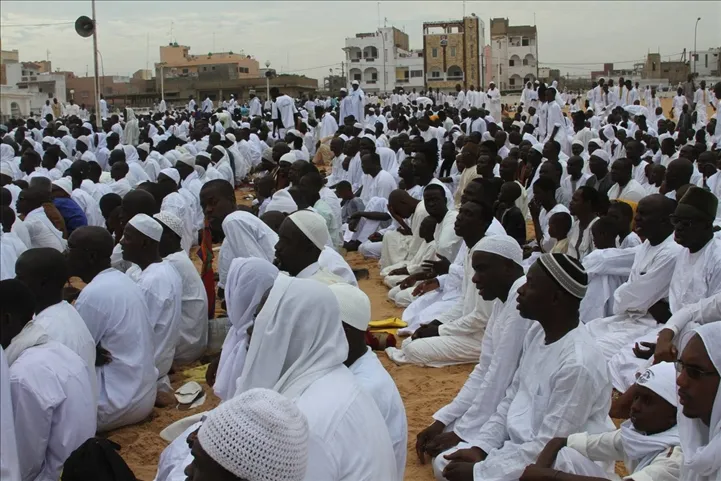
Religious festivals and ceremonies are vital in Lébou culture. These events are not just religious observances; they are communal celebrations that bring together the entire community. The rituals performed during these festivals are a blend of Islamic practices and traditional customs, reflecting the Lébou’s unique approach to spirituality.
The role of religious leaders in Lébou society is significant. They are not just spiritual guides but also custodians of cultural traditions. These leaders play a crucial role in maintaining the religious and cultural fabric of the community, ensuring that the spiritual beliefs of the Lébou are preserved and passed down to future generations.
Artistic Expressions
Music and dance are integral to Lébou culture, often reflecting their connection to the sea and their daily lives. Traditional Lébou music is rhythmic and soulful, often accompanied by drums and other indigenous instruments. The dances are expressive, telling stories of their history, beliefs, and everyday experiences.
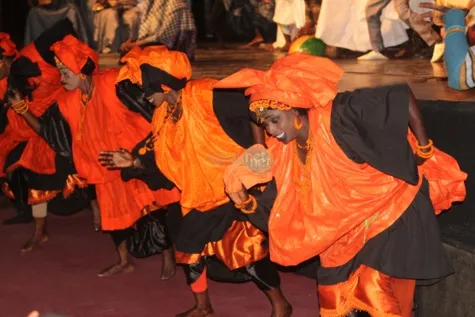
Handicrafts such as textiles, pottery, and woodwork are significant expressions of Lébou artistry. The intricate designs and skilled craftsmanship of these items are a testament to the artistic talent within the community. These crafts are not just functional items; they are pieces of art that reflect the cultural identity of the Lébou.
The influence of Lébou art extends beyond their community. Their artistic expressions have contributed to the broader Senegalese and West African art scenes. The unique style and themes of Lébou art have inspired artists and craftsmen across the region, highlighting the cultural impact of this small yet vibrant community.
Challenges and Future
The Lébou community, like many indigenous groups, faces challenges in preserving their culture in a rapidly changing world. Urbanization, globalization, and changing societal norms pose threats to the traditional way of life of the Lébou. However, there are concerted efforts to maintain their cultural heritage, ensuring that it survives the test of time.
One of the primary challenges is the preservation of the Lébou language and oral traditions. With the younger generation being more exposed to global languages and cultures, there is a risk of these traditional forms of knowledge being lost. Initiatives to document and teach the Lébou language and stories are crucial in keeping this aspect of their culture alive.
The future of the Lébou culture lies in the balance between tradition and modernity. It is essential for the Lébou to find ways to integrate their cultural practices into the modern context, ensuring that their unique identity is not lost in the face of globalization. The role of the Lébou in contemporary Senegalese society is not just as a remnant of the past but as an active and vibrant part of its future.
Conclusion
The Lébou people of Senegal exemplify the rich cultural diversity of Africa. Their traditions, beliefs, and practices offer a unique perspective on the interplay between history, culture, and identity. The Lébou have not only contributed significantly to the cultural heritage of Senegal but have also demonstrated the importance of preserving cultural diversity in our rapidly changing world.
Understanding and appreciating the cultural richness of the Lébou is essential in recognizing the broader mosaic of African cultures. Their enduring legacy, marked by resilience, adaptability, and a deep connection to their roots, stands as a testament to the indomitable spirit of the Lébou people. As Senegal continues to evolve, the Lébou culture remains an integral and vibrant part of its national identity.
For those interested in experiencing the Lébou culture firsthand and exploring the beautiful coastal regions where these traditions thrive, visit Senegal Suites. Discover authentic accommodations that provide the perfect base for immersing yourself in the cultural heritage of the Lébou people while enjoying the natural beauty of Senegal’s coastline.


